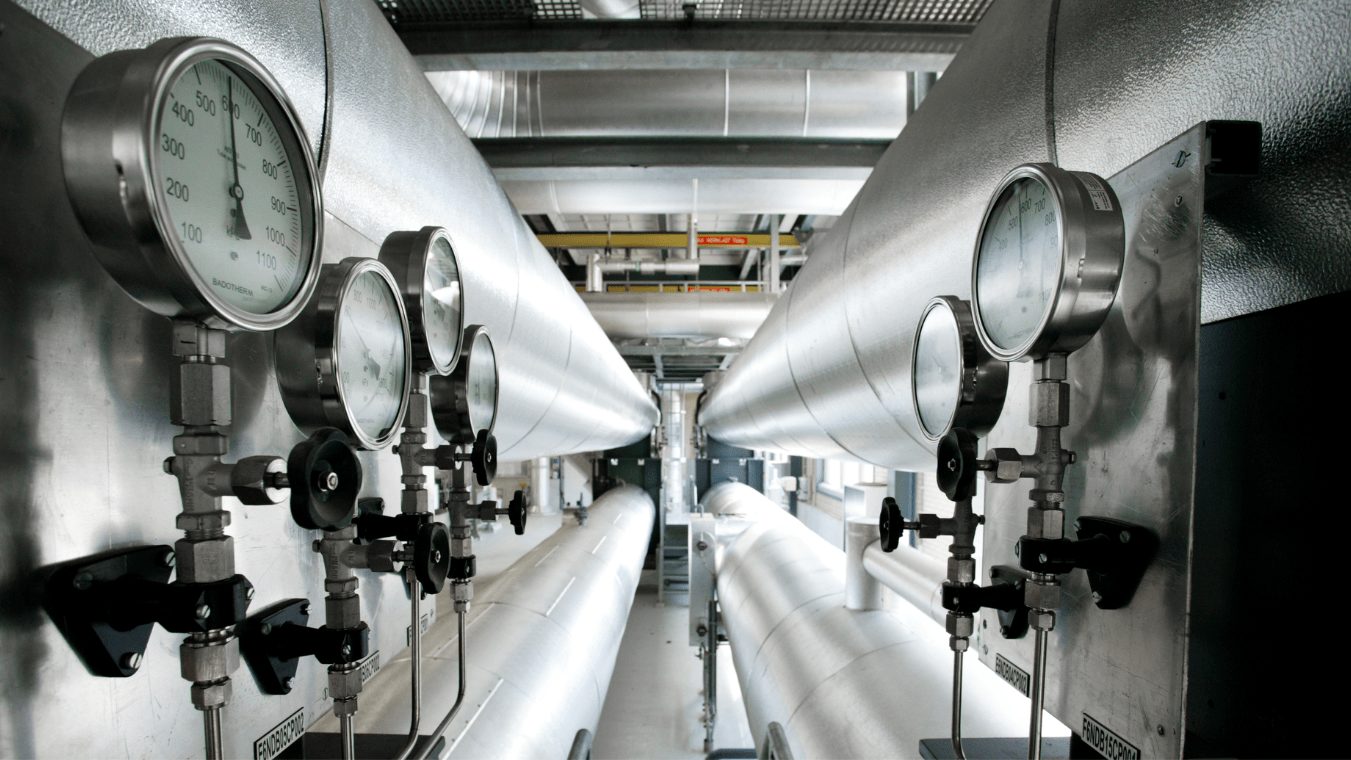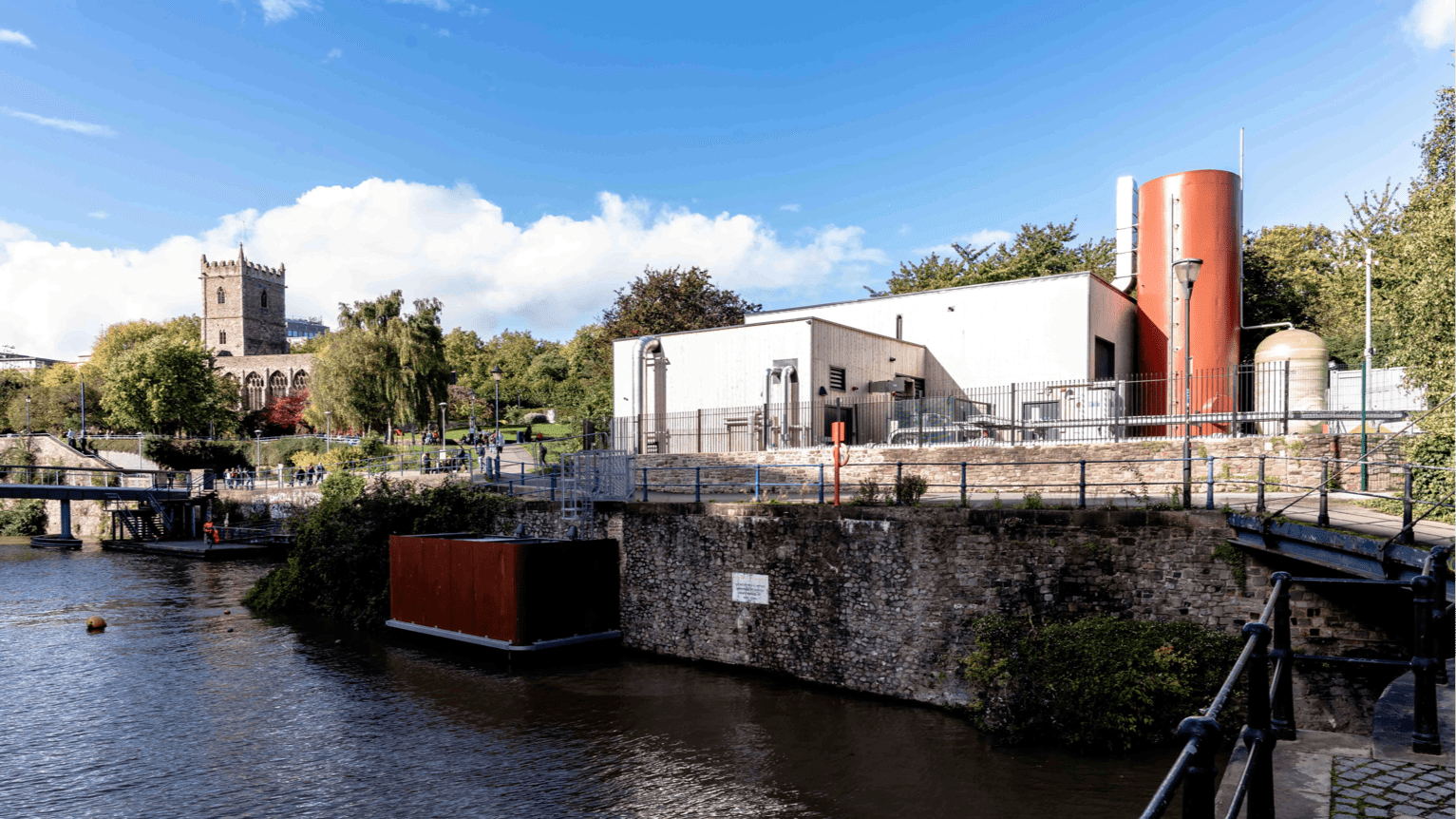Selene Molina Blanco explains how water-source heat pumps can be deployed at scale in heat networks to help the UK achieve net zero.

How can heat networks help the UK achieve net zero?
Heat networks are city-scale heating systems. Powered by a range of sources, they use a network of underground pipes to transport heat (via hot water) from a central source to houses and buildings of all types. These networks can be generation agnostic, so they can adapt easily to different heat sources, capturing and using them to heat local homes and businesses.
That is good news for both consumers and the climate. Already, heat networks provide about 3% of our total heat. But as they continue to spread, that figure could rise to 20% by 2050. This would require rapid, at-scale growth of this tried-and-tested technology, which has been heating homes in Europe for more than 100 years. In Sweden, for example, half of all heating is already provided by heat networks. In Uppsala, Vattenfall has been operating a heat network utilising heat from an energy-from-waste facility and from a sewage treatment works heat pump since 1973.
Where does the heat to supply heat networks come from?
Much of the heat generated in towns and cities is wasted. Wasted heat in the EU amounts to almost exactly the EU’s total energy demand for heat and hot water in residential and service sector buildings.
Whether the heat comes from air or water source heat pumps, sewage plants, data centres or waste management facilities, it can all be used for heat networks to warm homes and businesses and build energy resilience in areas where industrial and residential areas exist in proximity.
How do heat pumps work?
A heat pump uses the same technology as a refrigerator or an air conditioner. It extracts heat from a source, such as the surrounding air, geothermal energy stored in the ground, or nearby sources of water or waste heat from a factory. It then upgrades and transfers the heat to where it is needed.

Bristol’s Castle Park Energy Centre
Vattenfall is working to deliver the Bristol Heat Network across the city as part of Bristol City Leap – a partnership between the city council and Ameresco.
At Bristol Heat Network, Vattenfall is operating the UK’s largest single harbour-based water source heat pump at Castle Park Energy Centre to convert latent heat into energy for people living and working in the city.
Water is taken from the nearby floating harbour and is filtered to prevent debris from entering the system. It is passed through the 3MW water source heat pump, where the latent heat transfers energy to ammonia and creates low pressure vapour, which can be compressed to a high-pressure vapour of around 110 deg C.
The heat from the water source heat pump is directed into a thermal store that then feeds into the Bristol Heat Network as and when needed.
(Image: Jon Craig)
Because most of the heat is transferred rather than generated, heat pumps are far more efficient than conventional heating technologies, such as boilers or electric heaters. The output of energy in the form of heat is normally several times greater than that required to power the heat pump, normally in the form of electricity. For example, the coefficient of performance for a typical household heat pump is around three. This means the energy output is four times greater than the electrical energy used to run it. This makes current models three to five times more energy efficient than gas boilers.
The heat pump itself consists of a heat exchanger that uses heat from the source, such as air, water or the ground, to evaporate a refrigerant fluid. More energy is added to the fluid by compressing it (this uses electricity). This high-energy refrigerant gas is then passed through another heat exchanger called the condenser, and releases its energy to the network to provide heat.
The refrigerant then condenses and loses all its energy by going through an expansion valve. An expansion valve allows the refrigerant to go from high-pressure liquid to low-pressure liquid. That way the refrigerant can go into the evaporator at its lowest energy state possible, to gather energy from the source (air, water or ground) and evaporate (become a gas). This low-energy liquid refrigerant gets energy through the evaporator, starting the cycle again.
In buildings, the heat is delivered using radiators or underfloor heating. Hot water is provided instantaneously through a heat exchanger connected to the heat network. In industry, heat pumps are used to deliver hot air, water or steam, or to directly heat materials.
Large‐scale heat pumps in commercial or industrial applications or district heating networks require higher input temperatures than in residential applications, which can be sourced from the waste heat of industrial processes, data centres or wastewater.
Selene Molina Blanco is head of engineering, Bristol, at Vattenfall Heat UK.











